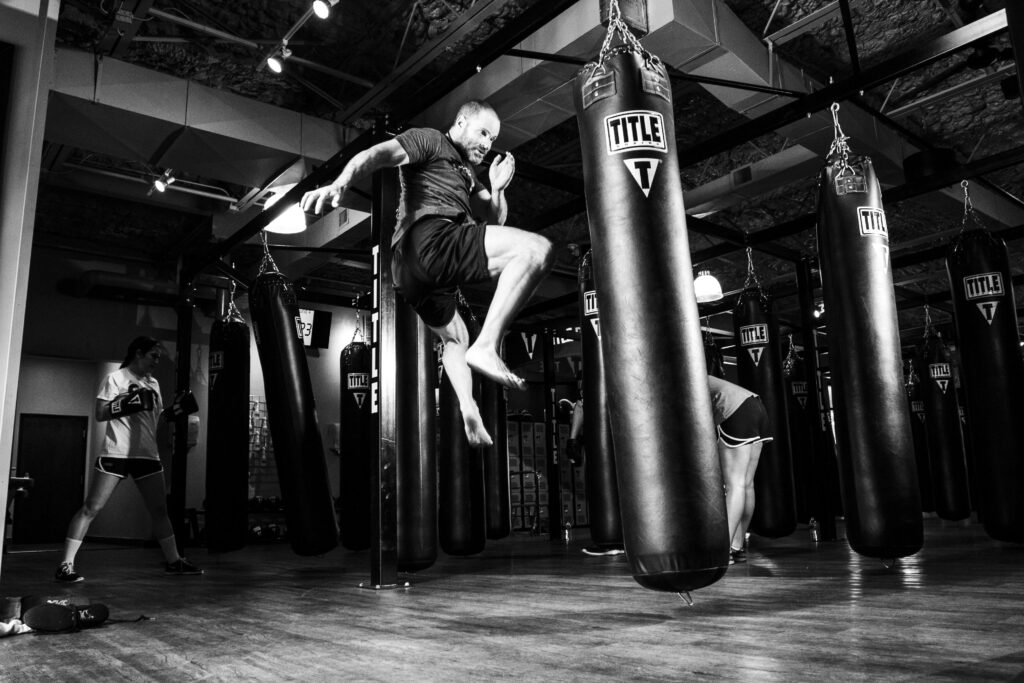In the fitness world, flexibility is often underestimated. Individuals are in pursuit of muscle, speed and strength and they forget about the ability to move freely, easily and without any danger. By Flexibility, I do not mean being able to touch your toes or perform a split or even perform any other trick; it means allowing the body the freedom to move as it was created to move; that is with ease, grace and control.
Whether you’re an athlete, a desk worker, or just trying to stay fit as you age, improving flexibility enhances your overall health, reduces pain, and protects your body from injury. It is the basis of fluid, free movement and like love, it needs patience, warmth and regularity.

🌿 What is Flexibility?
Flexibility is the ability of your joints and muscles to move through their full range of motion (ROM). It gives your limbs freedom of motion without feeling stiff, tight, and immobilized.
It’s influenced by:
Joint structure
Muscle length and elasticity
Tendons and ligaments
Age, gender, activity level
Flexibility isn’t just about muscles — it involves tendons, fascia, ligaments, and even nerves. These tissues are normally healthy, with great lubrication, which makes your body move freely and with little resistance.
🧘♀ Types of Flexibility
- Static Flexibility
The capability to maintain a stretch within a brief duration without making movements
Example: Holding a seated forward bend for 30 seconds
- Dynamic Flexibility
A joint is defined as the capacity to painlessly actuate the full range of movement with control
Example: Leg swings, arm circles, walking lunges
- Active Flexibility
Stretching a muscle by contracting the opposing one
Example: Lifting your leg high using only muscle control (no assistance)
- Passive Flexibility
Stretching a muscle with the help of an external force (like gravity or a partner)
Example: Hamstring stretch with a yoga strap
🔹 Common Flexibility Exercises
Yoga-Based:
Downward Dog
Child’s Pose
Cat-Cow
Pigeon Pose
Cobra Stretch
Functional Stretching:
Hip Flexor Stretch
Hamstring Stretch
Shoulder Rolls
Neck Circles
Quad Stretch
These motions are ideal in the process of warming up, cooling down and long-term mobility.
✨ Benefits of Flexibility Training
Here’s what flexibility can bring you:
- Injury Prevention
The relaxed muscles and joints are not likely to experience tissues tear, sprain, and overuse injuries particularly when under high training or shocks.
- Better Posture
Mobility in hips, chest and shoulders minimises posture and muscle imbalances, causing pain and the poor posture.
- Improved Range of Motion
It will enable you to move easier, lift better, and be able to complete day-to-day activities with a lot of ease.
- Reduced Muscle Tension
Stretching is good at relieving stress and tension, tight areas, and loosening strained muscles resulting due to sitting or standing long hours.
- Enhanced Athletic Performance
Whether you are running and jumping, swimming, and dancing, flexibility helps make additional motions smoother and more effective.
- Calm Mind, Calm Body
Stretching and flexibility practices — especially yoga — help lower cortisol (stress hormone) levels, calm the nervous system, and promote mind-body harmony.
📅 How to Train Flexibility
You require consistency, patience and not coercion to enhance flexibility.
Tips:
Stretch 3–5 times per week
Warm up your body before stretching (light cardio or movement)
Hold static stretches for 20–60 seconds
Avoid bouncing — move slowly and gently
Focus on deep, steady breathing
Never push into pain
With time, your muscles will get long and your joints will have more freedom.

🧬 Flexibility and Aging
It is normal that with age we stiffen our muscles and become less mobile because of reduced joint mobility. Regular flexibility training:
Keeps you mobile and independent
Reduces risk of falls
Prevents joint stiffness and chronic pain
Supports a longer, more graceful life
A mere 10-15 minutes of stretching done every day can produce visible improvement in both your comfort and confidence.
🧘♂ Flexibility in Real Life
Getting out of bed without stiffness
Not yanking something off the floor and not letting your back go (pulling your back)
Reaching for something overhead without shoulder pain
This kind of fitness is realistic, regenerative and supportive the one that provides more than it consumes.
